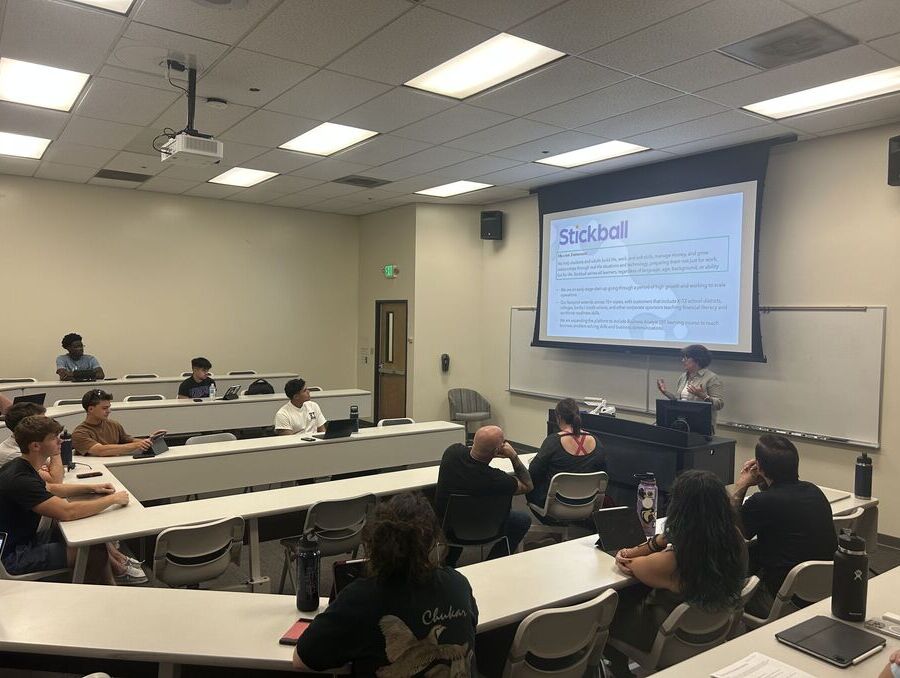Non-fungible tokens (NFTs) have recently received an influx of media attention, but little research has been done on the impact of that attention on the NFT market, which is still in its infancy. Dr. Sean Wilkoff and Dr. Serhat Yildiz, assistant professors in the University of Nevada, Reno College of Business, worked alongside Dr. Joshua T. White, assistant professor at Vanderbilt University, to research how this media attention influenced the NFT market.
“One thing you are looking for as a researcher is a new laboratory to do research in,” Wilkoff said. “The NFT market has all the characteristics of a speculative market, and there was little research done on it. It was very much a ‘right place, right time’ kind of thing.”
The data for the NFT market, like any cryptocurrency, is on a blockchain, meaning anyone can access transaction information, making the market relatively transparent. The researchers found a data company that had already compiled the raw data, which allowed them to analyze the impact of media on the NFT market.
They expected their research to mirror findings of similar stock market research, which found media tended to oversell the benefits of some investment without warning about the potential risks, which fueled the hype in the market, leading to an increase in volatility and returns. Volatility describes the size of risk the investor takes on. High volatility offers the chance for a massive gain or loss, as the difference between the initial investment price and ending price can vary largely.
However, the data showed a surprising conclusion – a correlation between the news media publishing articles about NFTs and an increase in number of market participants, trades, and NFT creations, implying the media was influencing the NFT market. They additionally found a decrease in volatility and returns with an increase in media attention, implying the media was educating investors rather than hyping the market.
“I was surprised,” Wilkoff said. “My instinct was that the news generally creates hype, as seen with the stock market, so I thought the results would be similar, especially since we were looking at a speculative market.”
Wilkoff did note that the NFT market differs from the stock market in some ways. Stocks are fungible, meaning two shares of the same stock are interchangeable, whereas each NFT is unique and irreplaceable. Since the NFT market is relatively new and not regulated as heavily as the stock market, it also experiences market manipulation and investors are susceptible to scams. Additionally, the NFT market is speculative, which means it can fluctuate quickly, allowing for quick gains or sudden losses.
“NFTs are a gamble,” Wilkoff said. “Don’t invest what you can’t afford because the market could go away tomorrow.”












